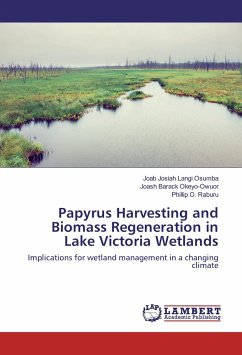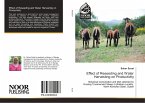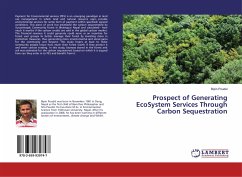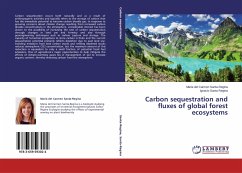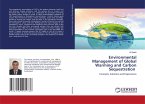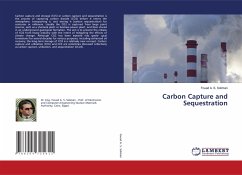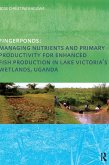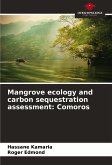Papyrus has a rich history dating back to antiquity. Renewed interest is emerging around the plant due to its role as a biofuel crop, a habitat for threatened wetland birdlife, a tourist ornament, and an ecological resource. However, papyrus is threatened by anthropogenic pressure and degradation. The plant has been listed as locally threatened in some countries and as habitat for threatened wildlife in others. Local conservation concerns have been expressed for habitats where it predominates. Quantifying the impact of harvesting, inundation and swamp chemistry on papyrus biomass regeneration is critical to understanding the capacity of papyrus-dominated wetlands to absorb harvesting shocks. This study compared two harvesting regimes. Papyrus plant population density, culm base width, culm height, umbel radius, culm biomass, umbel biomass, whole plant biomass and site biomass were determined. Emerging evidence suggests that currently wetlands dominated by papyrus are highly fragile. It was shown that papyrus harvesting can only be sustainable if done under regimes that allow regrowth for at least 6 months. This book targets wetland stewards and conservationists, for posterity.
Bitte wählen Sie Ihr Anliegen aus.
Rechnungen
Retourenschein anfordern
Bestellstatus
Storno

